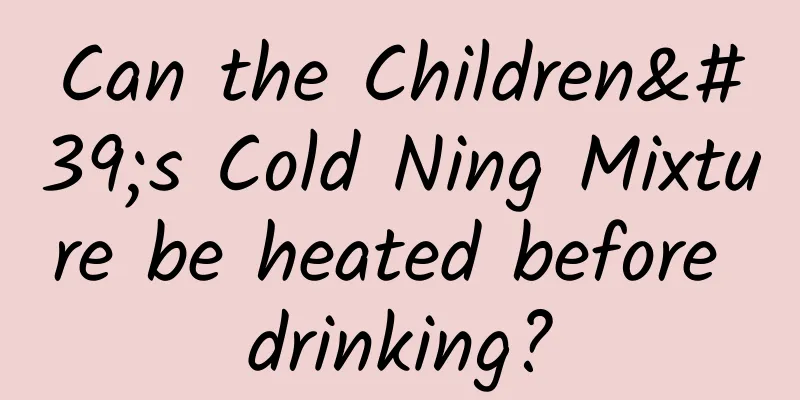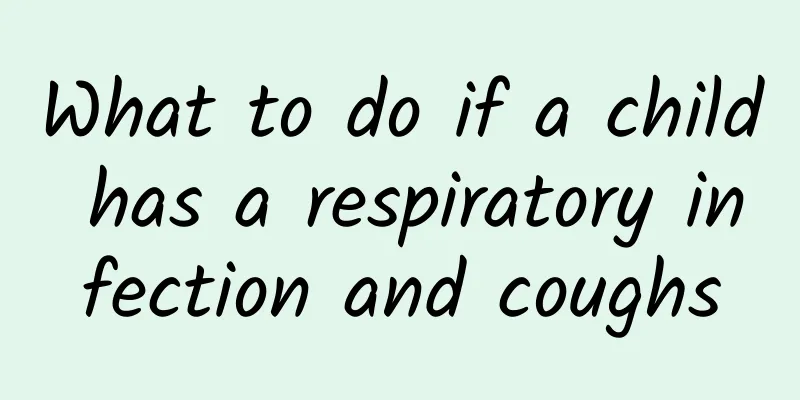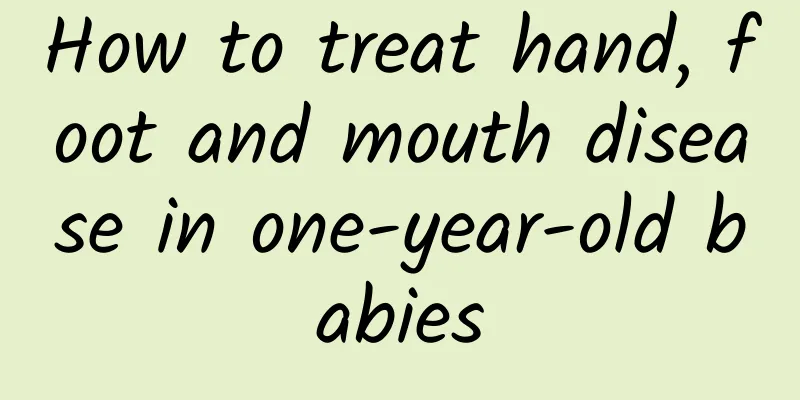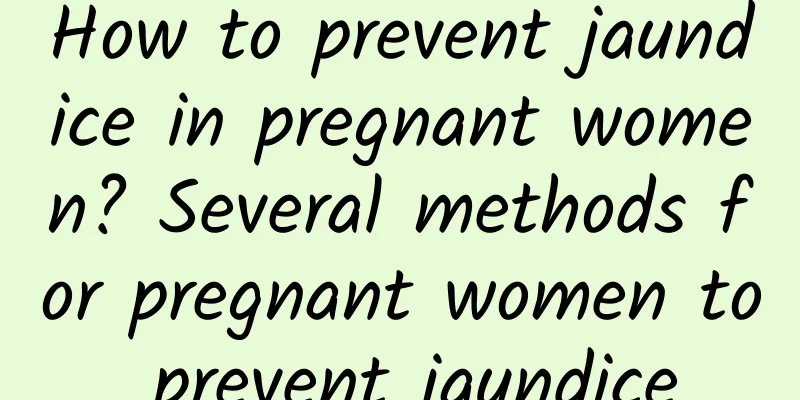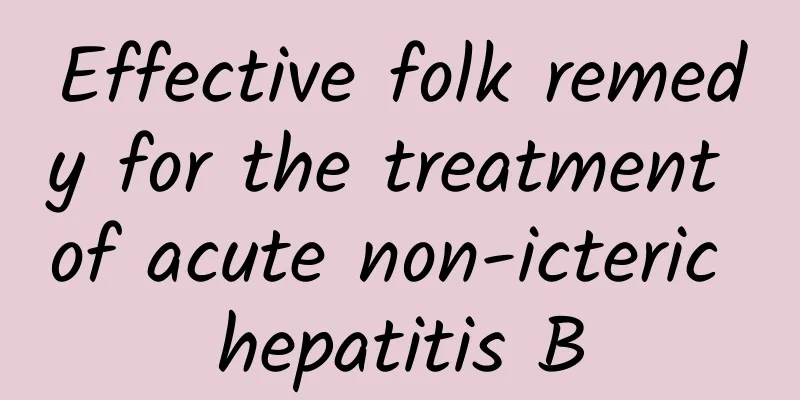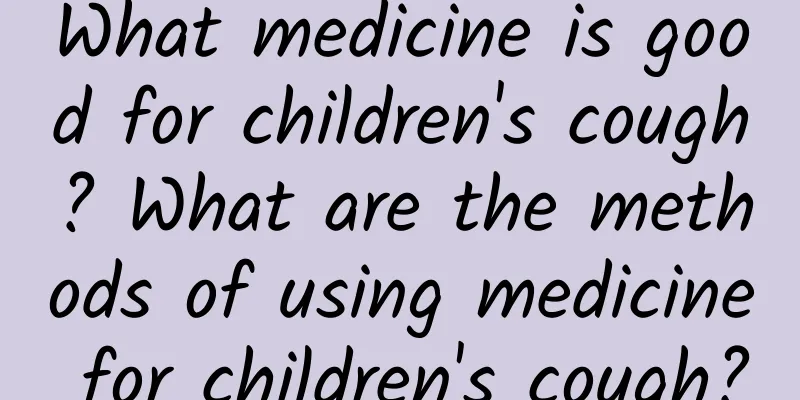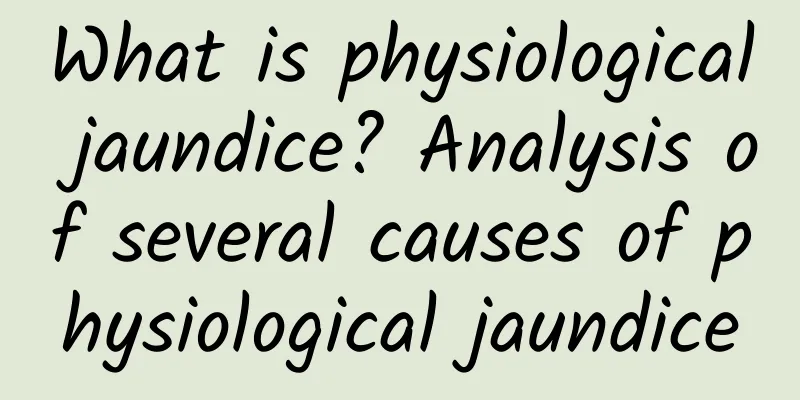What is acute laryngitis in children?
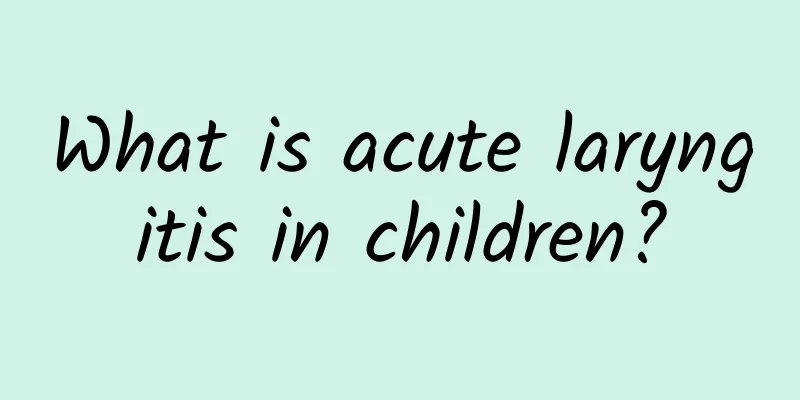
|
When the weather gets cold and the temperature changes greatly, children are more likely to get sick. Acute laryngitis in children is the most common disease in pediatric wards. Some children with symptoms that seem similar to those of a cold are also diagnosed with acute laryngitis in children. So how do we distinguish acute laryngitis in children from a cold? This requires us to have a specific understanding and clarify what acute laryngitis in children is. Acute laryngitis in children is an acute inflammation of the laryngeal mucosa, which can be caused by viral or bacterial infection, and is often secondary to upper respiratory tract infection. It can also be a precursor or complication of certain acute infectious diseases. It is mainly characterized by hoarseness and a barking cough. In severe cases, it can lead to life-threatening laryngeal obstruction. Chinese medicine calls it "laryngeal wind, laryngeal sound, and laryngeal paralysis". It is more common in children under 5 years old. Children have low resistance, and due to the anatomical characteristics of the larynx of children, the laryngeal cavity is narrow, the laryngeal cartilage is soft, the submucosal tissue of the epiglottic cartilage, arytenoid cartilage, aryepiglottic folds, ventricular bands and subglottic area is loose, and the mucosal lymphatic vessels are rich. Edema is prone to occur after inflammation, causing airway obstruction. Children have weak coughing function, and it is not easy to expel secretions from the larynx and lower respiratory tract, which makes breathing more difficult. Therefore, the condition of acute laryngitis in children is often more serious than that of adults. If it is not diagnosed and treated in time, it can be life-threatening. Acute laryngitis in children is mainly caused by long-term inflammation of the laryngeal mucosa, and also by bacterial or viral infection. It is mostly caused by upper respiratory tract infection and may become a precursor or complication of some acute infectious diseases. The onset is relatively rapid, and children are often accompanied by fever, cough, hoarseness and other symptoms. The hoarseness is not serious in the early stage, and it is mostly coughing or breathing difficulties. The symptoms are more severe at night. If the mucosal edema worsens later, expiratory laryngeal wheezing will occur. Therefore, for children with laryngitis, parents should actively and effectively treat it after discovering it as soon as possible to avoid worsening of the condition. If parents ignore it, the harm is quite large and it is easy to cause complications. In short, acute laryngitis in children often has an acute onset and progresses rapidly. If it is not diagnosed and treated promptly and effectively, serious complications and sequelae may occur. Therefore, once the disease occurs, you should go to the hospital as soon as possible. |
<<: How much does it cost to care for pediatric eczema?
>>: How is patent ductus arteriosus diagnosed?
Recommend
How much does it cost to treat diarrhea in children?
How much does it cost to treat diarrhea in childr...
There are 5 common symptoms of pneumonia in children: low white blood cells
The five common symptoms of pneumonia in children...
How to treat children's upper respiratory tract infection cough
When children have upper respiratory tract infect...
Hand, foot and mouth disease is most afraid of three kinds of fruits
There are three fruits that hand, foot and mouth ...
What are the symptoms of ADHD in children?
ADHD, also known as attention deficit hyperactivi...
Symptoms of hand, foot and mouth disease in adults
Hand, foot and mouth disease is relatively rare i...
How to treat children's cough? Proper diet is helpful in treating children's cough
Children's cough is a common condition when p...
What to do if your child has a severe cough
Children's resistance is much weaker than tha...
What Chinese medicine can cure patent ductus arteriosus quickly?
What Chinese medicine can cure patent ductus arte...
What are the clinical manifestations of influenza? What should we do if we have influenza?
1. Typical Flu Symptoms of systemic poisoning suc...
What medicine can children take to get better quickly from acute mumps?
Children with acute mumps usually need to choose ...
Fruits that are the nemesis of hand, foot and mouth disease
Hand, foot and mouth disease is an infectious dis...
Side effects of ADHD medications in children
The side effects of ADHD medication in children c...
How to prevent mumps infection
The key to preventing mumps infection is to avoid...
What are the dangers and seriousness of high jaundice in infants and young children?
Infants and young children with significant jaund...
